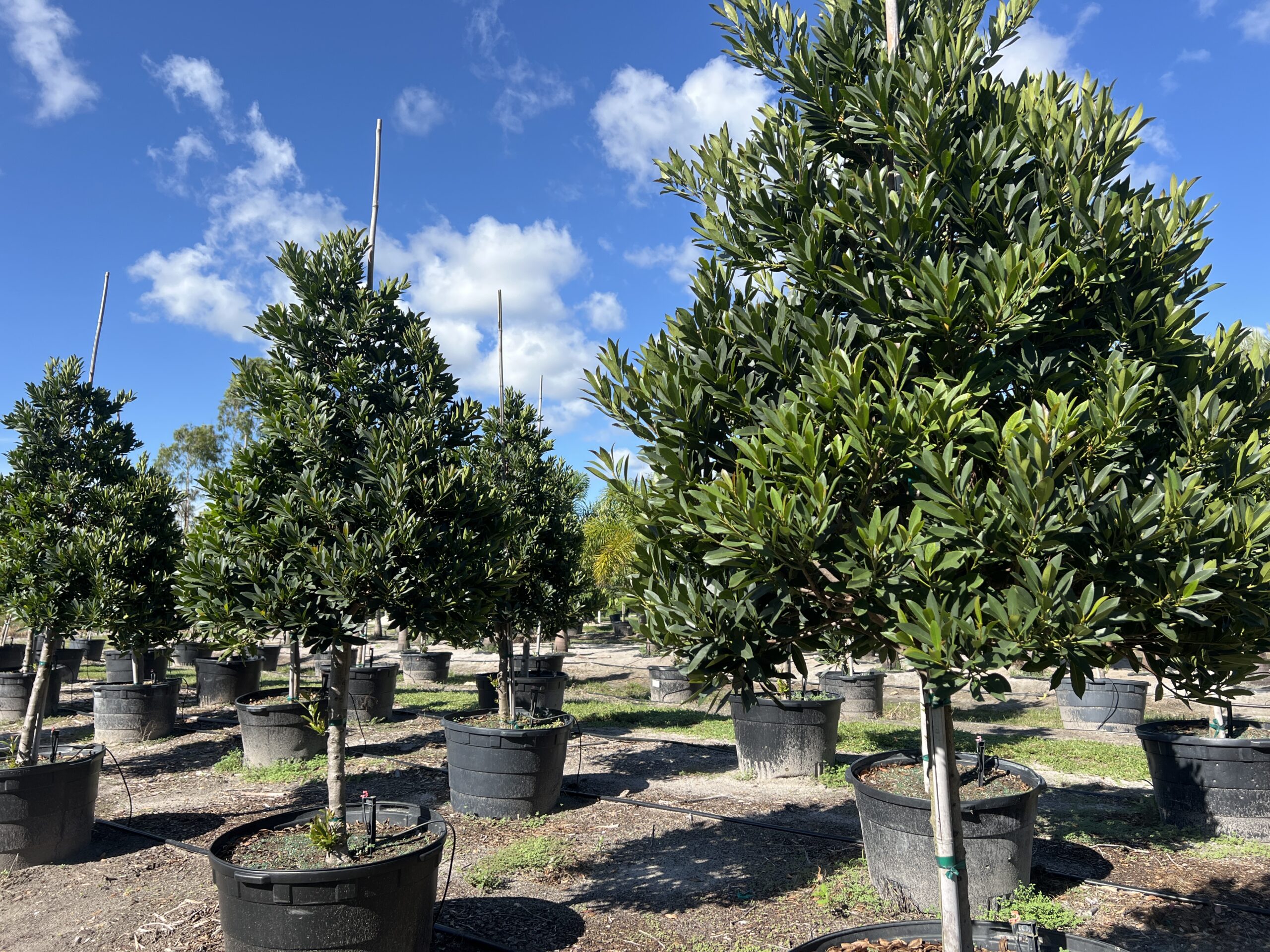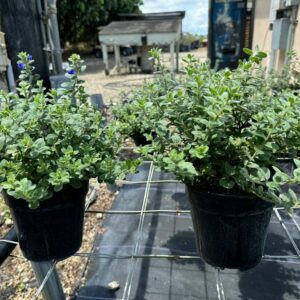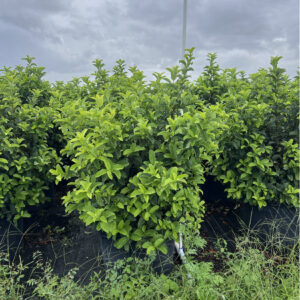Japanese Blue Berry Cone
Japanese Blueberry Tree (Elaeocarpus decipiens)
Color: Glossy dark green leaves, reddish-bronze in winter.
Climate: Thrives in subtropical to temperate climates, prefers full sun to partial shade.
Size: Medium to large tree, reaching 30-50 feet tall with a spread of 15-25 feet.
Care: Well-draining soil, regular watering, minimal pruning, occasional fertilization.
Hardiness Zone: USDA Zones 9-11 (rarely below freezing).
Landscaping: Ornamental tree used for shade or specimen planting.
Additional Info: Produces small, edible blue-black berries, tolerant of drought and relatively pest/disease resistant.
$1,991.99 – $3,259.62
Related products
-
All Products
Blue Daze
$8.75 – $15.31 This product has multiple variants. The options may be chosen on the product page -
All Products
Viburnum Odoratissimum
$15.32 – $262.50 This product has multiple variants. The options may be chosen on the product page
Color: The Japanese Blueberry Tree’s leaves are typically glossy dark green throughout the year, turning slightly reddish-bronze in winter.
Climate: This tree thrives in subtropical to temperate climates. It prefers full sun to partial shade and is relatively tolerant of different soil conditions once established.
Size: It can grow to be a medium to large tree, reaching heights of 30 to 50 feet with a spread of 15 to 25 feet.
Care:
Soil: Well-draining soil is preferred, though it can adapt to various soil types.
Water: Regular watering, especially during dry periods, is beneficial for young trees.
Pruning: Minimal pruning is typically needed, primarily to shape the tree when young.
Fertilization: Occasional fertilization with a balanced fertilizer can promote healthy growth.
Hardiness Zone: Elaeocarpus decipiens is generally suited for USDA Hardiness Zones 9 to 11, where temperatures rarely drop below freezing.
Landscaping:
The Japanese Blueberry Tree is often used as an ornamental tree in landscapes due to its attractive foliage and moderate size.
It can be planted as a shade tree, specimen tree, or even as a street tree where conditions permit.
Additional Info:
Fruit: The tree produces small, edible, blue-black berries in late summer to fall, though they are not typically harvested for consumption.
Leaf Characteristics: The leaves are oval-shaped with serrated edges and are lustrous dark green, providing year-round interest.
Tolerance: It can tolerate moderate drought once established and is relatively pest and disease resistant.
If you were referring to a different plant or have more specific details in mind, please let me know so I can provide accurate information.
| Size | 100 Gallon, 45 Gallon |
|---|



